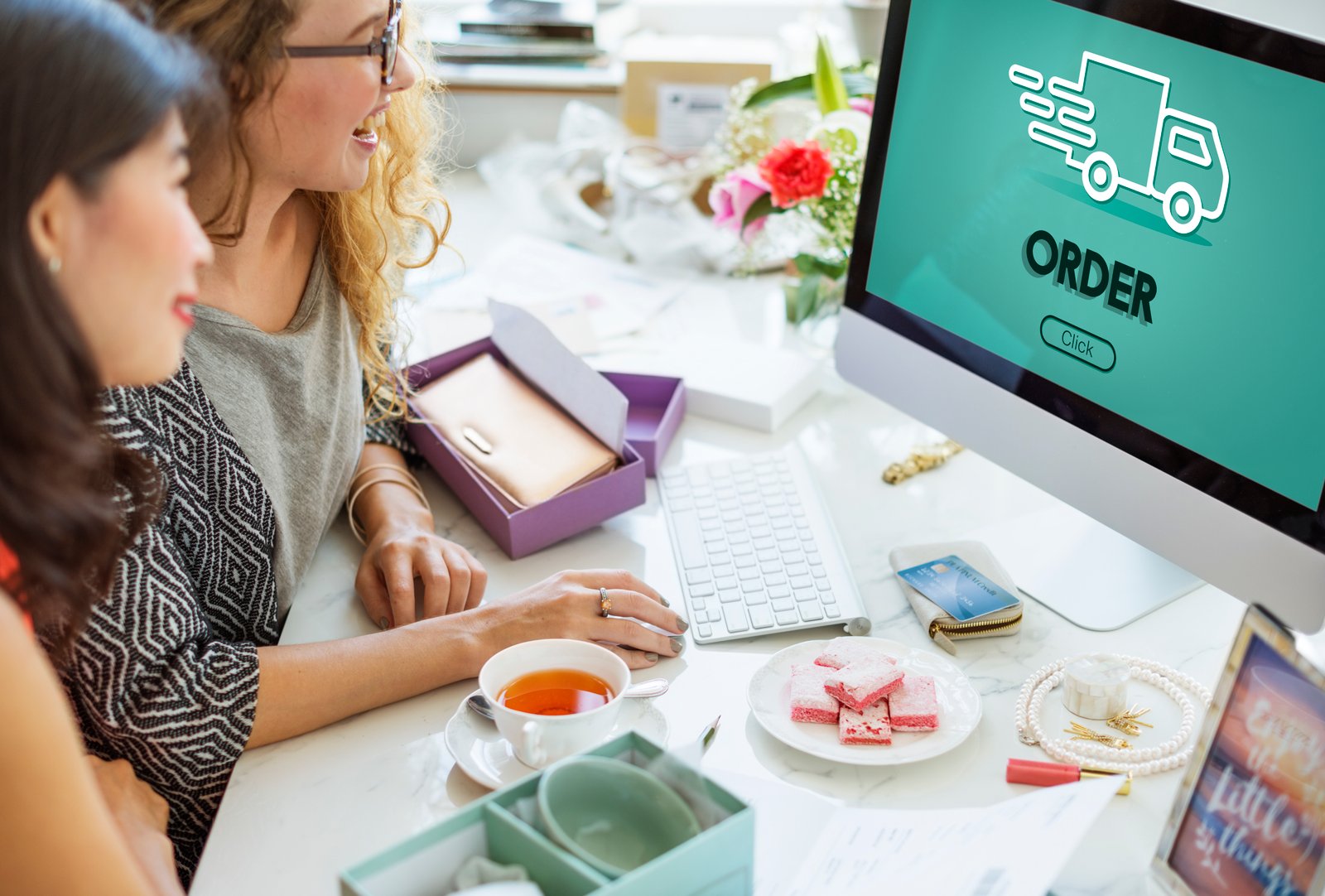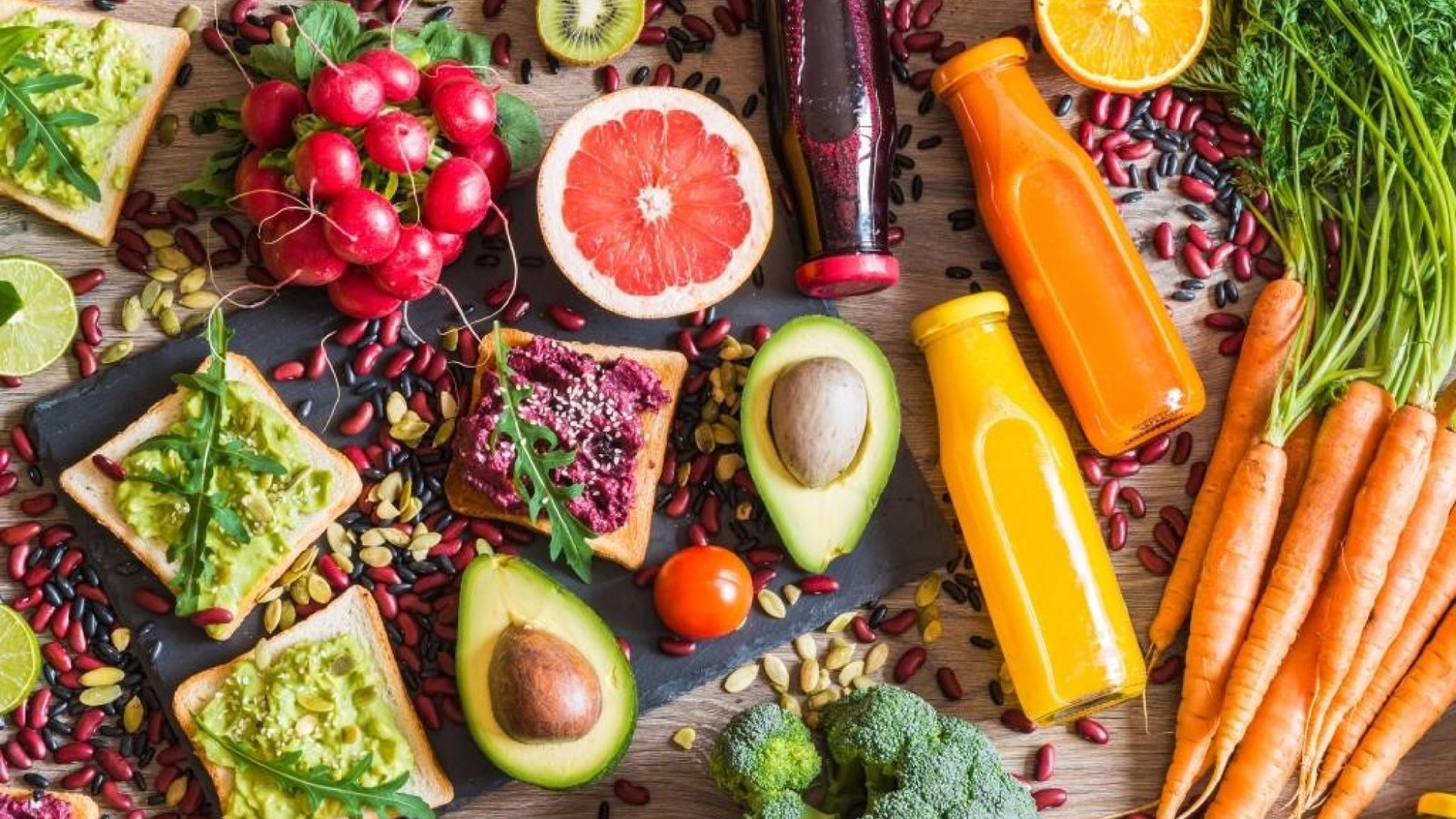
Direct-to-Consumer (D2C) Growth in FMCG: What the Numbers Reveal
The FMCG world, once dominated by towering supermarket shelves and old-school distribution channels, has found itself undergoing a major digital facelift. Today, your favorite shampoo, protein bar, or eco-friendly detergent no longer needs to wait in line at a hypermarket to catch your eye. Instead, it pings you directly on Instagram, lands in your inbox with a cheeky discount code, or shows up at your doorstep with same-day delivery. Welcome to the era of FMCG D2C growth, a transformation that is as dramatic as it is data-driven.
For a long time, fast-moving consumer goods relied on the same trusted recipe: manufacture at scale, ship through massive distribution networks, and let big-box retailers handle the rest. But as consumer buying behavior evolved, so too did the rules of the game. Shoppers are no longer satisfied with “one size fits all.” They demand personalization, transparency, and—most of all—the ability to connect directly with the brands they love. That’s where Direct-to-Consumer (D2C) has stepped in, rewriting the playbook for both startups and established players in the FMCG universe.
At Blackwater, our research consistently points to one undeniable trend: the acceleration of FMCG D2C growth is not just hype—it’s a structural shift in how products are marketed, sold, and consumed. And if the numbers are any indication, this isn’t a passing fad. It’s a tidal wave that every FMCG brand must either ride—or risk drowning beneath.
Why D2C and Why Now?
Let’s be honest: FMCG giants didn’t wake up one morning and suddenly feel the urge to chat with customers over WhatsApp or drop TikTok videos. The explosion of D2C in FMCG was sparked by a convergence of technology, shifting demographics, and good old-fashioned consumer impatience.
E-commerce trends had already set the stage. The rise of online retail platforms made consumers comfortable with buying groceries, skincare, and household items without setting foot in a store. Add to that the COVID-19 pandemic, which locked millions indoors and forced consumers to click “add to cart” rather than stroll through aisles. Suddenly, brands realized: if consumers can buy directly, why shouldn’t we sell directly?
For millennials and Gen Z, consumer buying behavior is not about cheap deals alone—it’s about values, stories, and convenience. They want cruelty-free soap bars, personalized protein powders, and packaging that doesn’t destroy the planet. And they want these products to arrive at lightning speed, preferably with a witty thank-you note. That’s a far cry from the transactional, faceless shopping experience FMCG was known for.
By cutting out the middlemen, FMCG brands aren’t just saving on distribution costs—they’re gaining something even more valuable: data. Every click, cart abandonment, and subscription renewal gives brands priceless insight into who their consumers are, what they want, and how often they’re willing to spend. For a market research company like Blackwater, this treasure trove of behavioral data is a goldmine, revealing patterns that can shape product innovation, pricing strategies, and loyalty programs.
The Numbers Behind FMCG D2C Growth
Here’s where things get interesting. Global D2C e-commerce sales are expected to cross $200 billion by 2026, with FMCG being one of the fastest-growing segments within that pie. In India alone, D2C FMCG brands have been expanding at over 30% CAGR in recent years, powered by rising internet penetration, digital payments, and a booming startup ecosystem.
Think about this: in 2015, if you wanted a niche product like vegan cheese or sulfate-free shampoo, you were either out of luck or forced to hunt through specialty stores. Today, hundreds of D2C brands deliver these products to your doorstep with subscription discounts, eco-friendly packaging, and personalized offers. It’s FMCG with a twist—and the growth trajectory shows no sign of slowing down.
Blackwater’s reports show that nearly 70% of FMCG consumers in urban India have tried at least one D2C brand in the past two years. Globally, that number is even higher in markets like the U.S. and Europe. This is not merely experimentation; repeat purchase rates are climbing, with many brands reporting subscription models contributing 40–50% of revenues. Clearly, D2C is not a side hustle anymore—it’s becoming the main act.
Online Retail vs. D2C: Frenemies or Partners?
The relationship between online retail platforms (think Amazon, Flipkart, BigBasket) and D2C brands is fascinating. On one hand, online retail provides massive reach, logistics muscle, and a trusted shopping ecosystem. On the other, it makes FMCG brands just one tile among thousands, fighting for consumer attention and sacrificing margins in the process.
That’s why D2C is so powerful. It allows brands to build their own online storefronts, own their narrative, and establish a direct emotional connection. Imagine the difference: buying toothpaste from “Seller123” on a marketplace versus buying it directly from a sleek, branded website that educates you on ingredients, offers a loyalty program, and sends a personalized follow-up email. The latter experience not only sells you toothpaste but also sells you trust.
That being said, online retail isn’t going anywhere. Smart brands use a hybrid strategy: leverage online marketplaces for scale while cultivating D2C channels for brand building and loyalty. It’s a classic case of “coopetition,” where brands must balance dependence on marketplaces with independence through D2C growth.
The Consumer Buying Behavior Shift
At the heart of FMCG D2C growth is the consumer—and boy, have consumers changed. The modern buyer is armed with research, reviews, and a low tolerance for nonsense. Transparency is non-negotiable. If your skincare product claims to be “organic,” you’d better show certificates and sourcing details. If your food brand claims “sustainability,” you’d better walk the talk.
This evolution in consumer buying behavior has forced FMCG companies to step up their game. D2C provides the perfect platform to tell stories—about ingredients, about the people behind the brand, about the social impact. Consumers no longer want to buy just a chocolate bar; they want to buy into the idea of ethical cocoa sourcing, fair trade, and maybe even a quirky brand mascot.
For Blackwater, analyzing these shifts is crucial. Our research digs deep into why certain messages resonate while others flop, why consumers abandon carts, and why loyalty in D2C is both fragile and fiercely rewarding when earned. Understanding these nuances is what helps FMCG brands stay ahead in an increasingly competitive landscape.
E-Commerce Trends Shaping the Future
D2C in FMCG isn’t happening in a vacuum. It’s riding on broader e-commerce trends that are reshaping the entire retail landscape. Social commerce—where Instagram reels and TikTok influencers double as shopping channels—is exploding. Live commerce, already huge in China, is creeping into global markets. Subscription models, once limited to Netflix, are now the bread and butter of FMCG D2C brands, from coffee beans to cat food.
And let’s not forget the role of data-driven personalization. AI algorithms now decide which product you see first, which discount code tempts you most, and which email subject line you’re most likely to open at 7 p.m. on a Tuesday. FMCG brands are no longer just manufacturers—they’re becoming tech-savvy storytellers, analysts, and customer-experience gurus.
For FMCG players, staying on top of these e-commerce trends is non-negotiable. That’s why many turn to Blackwater, whose market insights decode these patterns and predict what’s next. Whether it’s figuring out how much of your revenue should come from social commerce or understanding the ROI of influencer campaigns, data-backed research makes all the difference.
Challenges Along the D2C Journey
Of course, the path to FMCG D2C growth is not all smooth sailing. Building a direct channel means investing in logistics, customer service, and technology infrastructure. Returns and replacements can eat into margins. And let’s not forget the ever-rising cost of digital advertising—competing for eyeballs on social media is becoming increasingly expensive.
Moreover, not all consumers are ready to switch. In rural and semi-urban areas, traditional retail still dominates, and trust in D2C is weaker. For FMCG brands, the challenge is to balance their shiny new D2C experiments with the reliability of traditional distribution networks.
This is where strategy matters. Blackwater’s consulting services often help brands identify whether they’re better off doubling down on D2C, investing in hybrid models, or rethinking their entire product mix. After all, growth without profitability is just vanity.
What the Future Holds
So, what’s next for FMCG in the D2C era? If the data is to be believed, the future is a mix of personalization, sustainability, and technology-driven convenience. Imagine smart fridges reordering your favorite yogurt directly from the brand’s D2C portal, or AI chatbots personalizing your skincare recommendations based on your selfie.
At Blackwater, we believe the story of FMCG D2C growth is just beginning. The winners will be those who balance innovation with trust, speed with authenticity, and technology with human connection. FMCG brands that fail to adapt risk becoming relics of the retail past, while those that embrace D2C with intelligence and insight stand to build lasting consumer relationships.
Conclusion: Riding the D2C Wave with Blackwater
In the end, D2C is not just a distribution model—it’s a mindset. It’s about building conversations, communities, and connections. It’s about recognizing that the FMCG consumer of today is not the same as yesterday. They’re smarter, more demanding, and far more influential in shaping brand strategies.
For FMCG companies, the question is no longer “Should we explore D2C?” It’s “How fast can we scale it, and how well can we integrate it with everything else we do?” And that’s where Blackwater comes in. Our market intelligence, data-driven insights, and research expertise equip FMCG brands to not only understand the numbers but to act on them decisively.
Because in a world where consumers swipe faster than they blink, and loyalty is as fleeting as a trending hashtag, only those who combine bold strategies with sharp insights will thrive. And as the numbers reveal, FMCG D2C growth isn’t just the future—it’s the present, unfolding at breakneck speed.



